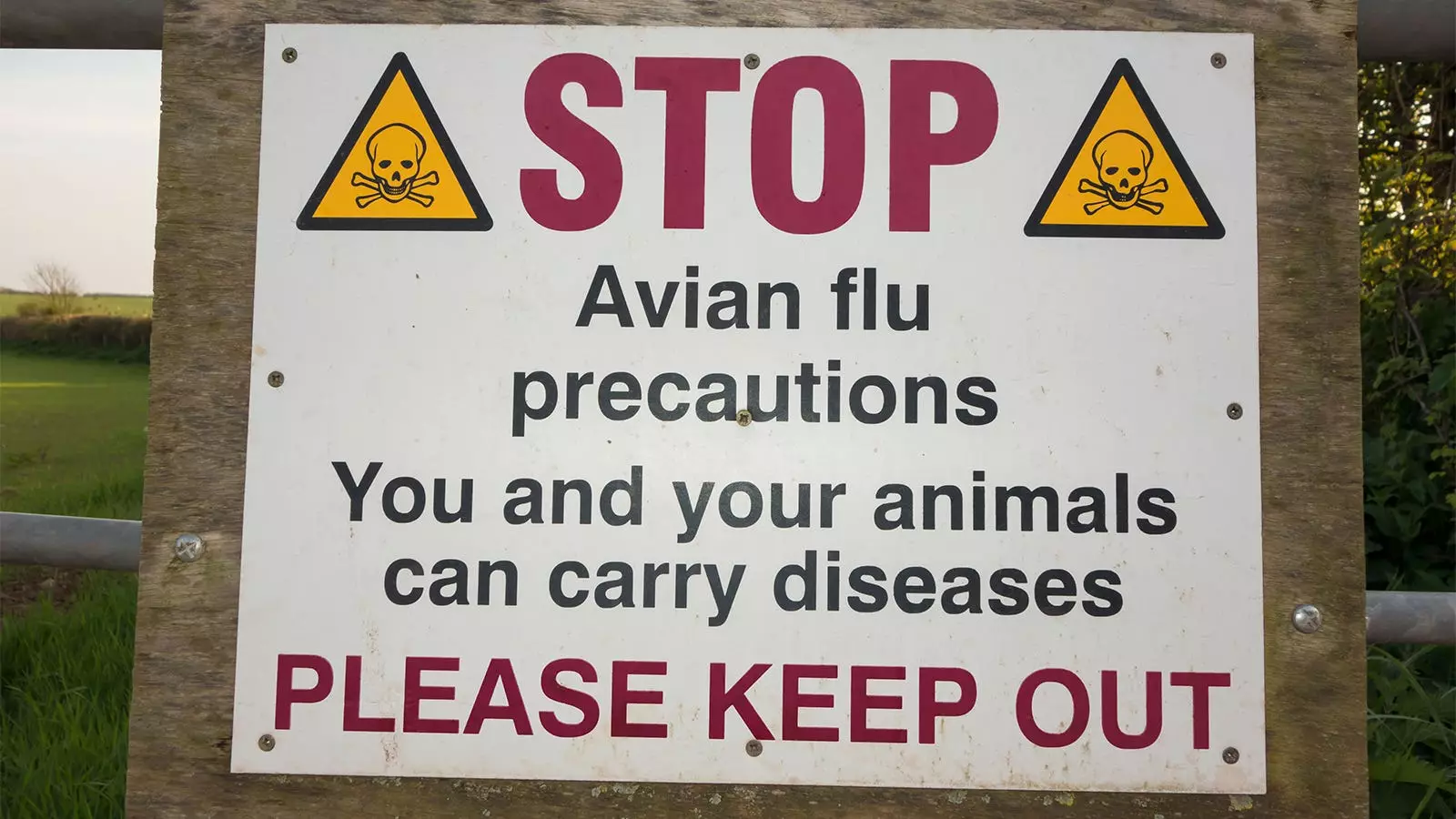Recently, the Centers for Disease Control and Prevention (CDC) issued a warning for clinicians and health departments to be vigilant regarding potential infections with the highly pathogenic avian influenza (HPAI) A(H5N1) virus, also known as bird flu. This warning comes after a farmworker on a commercial dairy farm in Texas was reported to have been infected with the H5N1 virus after exposure to presumably infected cattle.
The recent case in Texas is significant as it marks the second known case of H5N1 infection in the United States, following a case in Colorado in 2022. What makes this case stand out is that it is believed to be the first instance of transmission from a cow to a human amidst the first-ever outbreak of the virus in dairy cattle. The infected individual only exhibited mild conjunctivitis as a symptom, highlighting the varying presentations of the virus.
While the CDC acknowledges that the current risk posed by these viruses to the public is low, individuals with job-related or recreational exposures to potentially infected animals are at a higher risk of infection. The advisory alert issued by the CDC recommends that clinicians consider the possibility of H5N1 infection in individuals presenting with signs or symptoms of acute respiratory illness and/or conjunctivitis, alongside a relevant exposure history.
Symptoms associated with bird flu can vary from mild upper respiratory illness to severe systemic disease. It is crucial for healthcare providers to be alert to the possibility of H5N1 infection in patients with a history of exposure to potentially infected animals or contaminated environments. Additionally, the CDC advises that individuals showing symptoms should isolate themselves from household members and refrain from attending work or school until test results confirm that they are not infected with the virus.
The recent cases of H5N1 infection in the United States underscore the importance of vigilance and prompt action in detecting and managing potential bird flu outbreaks. Healthcare providers play a crucial role in identifying and controlling the spread of the virus, especially in individuals with reported exposures to infected animals. By following the CDC recommendations and staying informed about the latest developments, we can better protect ourselves and our communities from the threat of avian influenza.

Leave a Reply